
Could Flea Barn wash its face financially as a wild bird shoot?” I asked my business partner Richard Gould as we partook of our usual lunchtime break from laying a Flea Barn hedge — philosophising, watching for grey partridges and munching our packed lunches seated on our trucks’ tailgates. His reply was delivered in the usual to-the-point way: “No, we’d need another 500 acres.”
I paused for thought and a mouthful of sausage roll. “Not even if we put a covey or two of greys overpaying Guns?” I persisted.
“No,” Richard responded. “We’ll be grey ourselves before we have a shootable surplus.”
Such is the pragmatism of a wild bird keeper; it is in their nature. There are no guarantees with wild birds: the wrong weather, a loose dog, a rogue badger, and all is for nought. Wild birds have rarely paid the bills.
Move to stewardship
It seemed settled then but I was left wondering, just how expensive it is to create and sustain habitat for wild birds and can such habitat ever pay for itself? Ed Nesling, the farmer who owns Flea Barn, is a fellow pragmatist. He has moved out of the comfort zone of the farming methods he used to use, choosing instead to place well over 20% of his holding into stewardship. This is a financial risk to his business, but one he has taken because he loves this land.
The field of oilseed rape that lies on one side of the hedge where we worked now has a 60m-wide strip of AB8 (flower-rich margins), which pays £539 a hectare, and plots of AB9 (winter bird food mix), paying £640 a hectare and AB11 (cultivated areas for arable plants), paying £532 a hectare.
This story is from the {{IssueName}} edition of {{MagazineName}}.
Start your 7-day Magzter GOLD free trial to access thousands of curated premium stories, and 9,000+ magazines and newspapers.
Already a subscriber ? Sign In
This story is from the {{IssueName}} edition of {{MagazineName}}.
Start your 7-day Magzter GOLD free trial to access thousands of curated premium stories, and 9,000+ magazines and newspapers.
Already a subscriber? Sign In
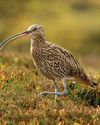
United we stand
Following United Utilities' decision to end grouse shooting on its land, Lindsay Waddell asks what will happen if we ignore our vital moors

Serious matters
An old gamebook prompts a contemplation on punt-gunning
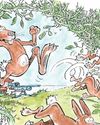
They're not always as easy as they seem
While coneys of the furry variety don't pose a problem for Blue Zulu, he's left frustrated once again by bolting bunnies of the clay sort
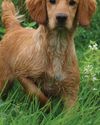
Debutant gundogs
There's lots to think about when it comes to making the decision about when to introduce your dog to shooting
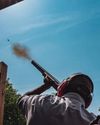
When the going gets rough
Al Gabriel returns to the West London Shooting School to brush up on his rough shooting technique

The Field Guide To British Deer - BDS 60th Anniversary Edition
In this excerpt from the 60th anniversary edition of the BDS's Field Guide To British Deer, Charles Smith-Jones considers the noise they make
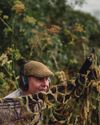
A step too far?
Simon Garnham wonders whether a new dog, a new gun and two different fields in need of protection might have been asking too much for one afternoon's work
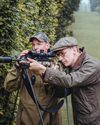
Two bucks before breakfast
A journey from old South London to rural Hertfordshire to stalk muntjac suggests that the two aren't as far detached as they might seem
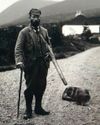
Stalking Diary
Stalkers can be a sentimental bunch, and they often carry a huge attachment to their hill

Gamekeeper
Alan Edwards believes unique, private experiences can help keepers become more competent and passionate custodians of the countryside